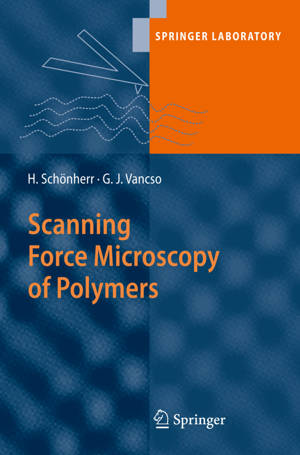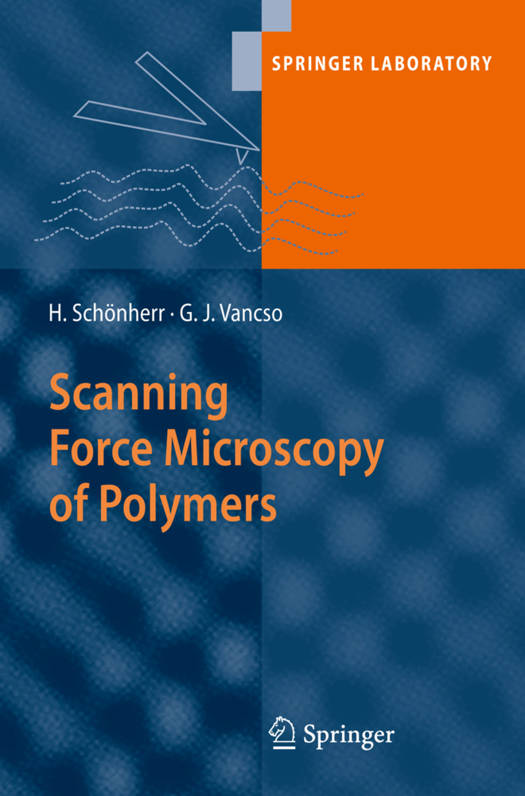
- Retrait gratuit dans votre magasin Club
- 7.000.000 titres dans notre catalogue
- Payer en toute sécurité
- Toujours un magasin près de chez vous
- Retrait gratuit dans votre magasin Club
- 7.000.0000 titres dans notre catalogue
- Payer en toute sécurité
- Toujours un magasin près de chez vous
105,45 €
+ 210 points
Format
Description
Scope of the Book Synthetic and natural polymers exhibit a complex structural and morphological hierarchy on multiple length scales [1], which determines their performance. Thus, research aiming at visualizing structure and morphology using a multitude of microscopy techniques has received considerable attention since the early days of polymer science and technology. Various well-developed techniques such as optical microscopy and different forms of electron microscopy (Scanning Electron Micr- copy, SEM; Transmission Electron Microscopy, TEM; Environmental Scanning Electron Microscopy, ESEM) allow one to view polymeric structure at different levels of magni?cation. These classical techniques, and their applications to po- mers, are well documented in the literature [2, 3]. The invention of Scanning Tunneling Microscopy (STM) inspired the devel- ment of Atomic Force Microscopy (AFM) and other forms of scanning proximity microscopes in the late 1980s [4, 5]. AFM, unlike STM, can be used to image n- conducting specimens such as polymers. In addition, AFM imaging is feasible in liquids, which has several advantages. Using liquid imaging cells the forces between specimen and AFM probe are drastically reduced, thus sample damage is prevented. In addition, the use of water as imaging medium opened up new applications aiming at imaging, characterizing, and analyzing biologically important systems.
Spécifications
Parties prenantes
- Auteur(s) :
- Editeur:
Contenu
- Nombre de pages :
- 248
- Langue:
- Anglais
- Collection :
Caractéristiques
- EAN:
- 9783642012303
- Date de parution :
- 17-05-10
- Format:
- Livre relié
- Format numérique:
- Genaaid
- Dimensions :
- 160 mm x 236 mm
- Poids :
- 498 g

Les avis
Nous publions uniquement les avis qui respectent les conditions requises. Consultez nos conditions pour les avis.






